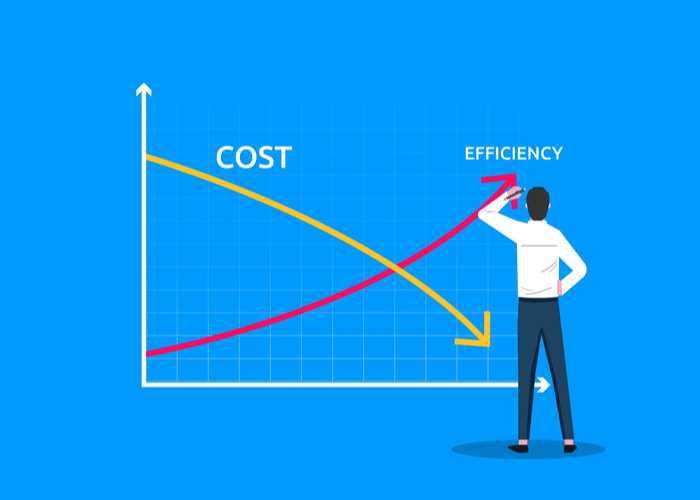Environmental concerns and soaring energy prices continue to impact businesses of all shapes and sizes, but in some industries the issue of energy efficiency is a particularly complex problem.
Take manufacturing for example. The industrial processes that take place in most manufacturing facilities generate excessive heat load. This is a necessary by-product that cannot be eliminated, but must be carefully controlled - and it is the systems used to remove heat from a process that account for a large proportion of energy consumption.
So the problem is this - how to lower operational costs and carbon emissions without sacrificing on safety, productivity, quality control and ultimately, profit.
There is no one size fits all solution, but in some cases the introduction of free cooling is a viable option.

Simply put, free cooling is the process whereby low external temperature is used as a natural cooling source, allowing a water chiller or industrial air conditioning system to fully or partially bypass the mechanical cooling process.
In a process cooling system for example, unwanted heat is absorbed by a process fluid. This would typically pass through a chiller where the unwanted heat is transferred, and the cooled process fluid sent back to the application to start the circuit over again.
Use of free cooling however means that, when the outdoor air is cold enough for the plant’s cooling needs, the system’s chiller is redundant, or at least has less work to do. And because the compressor that drives the chiller is the guilty party in terms of energy consumption, significant savings can be made.
Free cooling can be achieved in various ways, and the right solution is very much dependent on project specific needs.
In industrial process cooling applications, free cooling typically works as either an integrated system - with a built in free cooling coil attached to the chiller - or as a standalone free cooler that works alongside a separate chiller.
Integrated systems are ideal for sites where space is an issue, as they’re far more compact than their counterparts. However, the additional coil can interrupt airflow when not in use. So, whilst you’ll benefit from full or partial free cooling when outdoor conditions are optimal, you may experience a drop in efficiency when they’re not.
With a standalone free cooler, you have flexibility with sizing, meaning a larger surface area and thus greater cooling capacity. And because it’s a separate system, there’s no impact on your chiller’s efficiency when free cooling is not possible.
There’s an added bonus to a standalone system in that it can be retrofitted. So space permitting, you can benefit from increased efficiency without replacing your existing chiller.

Despite the term, free cooling is not free. You will have to invest in a suitable system, and energy is still required to drive that system’s component parts.
However, the UK’s relatively cold climate means payback on your initial investment can be swift, with impressive cost savings thereafter.
Not only is less energy used in the cooling process, you’re reducing the demand placed on mechanical parts - which means lower maintenance costs and an extended lifespan. And of course, you’re lowering your carbon footprint too.
Effective design of these systems is a complex process. Achieving maximum free cooling opportunity at a reasonable cost takes careful analysis of building specific needs, and intelligent application of free cooling principles.
At Loughborough Air Conditioning, we have extensive experience in this area, and are here to help you achieve greater energy efficiency without compromise.
